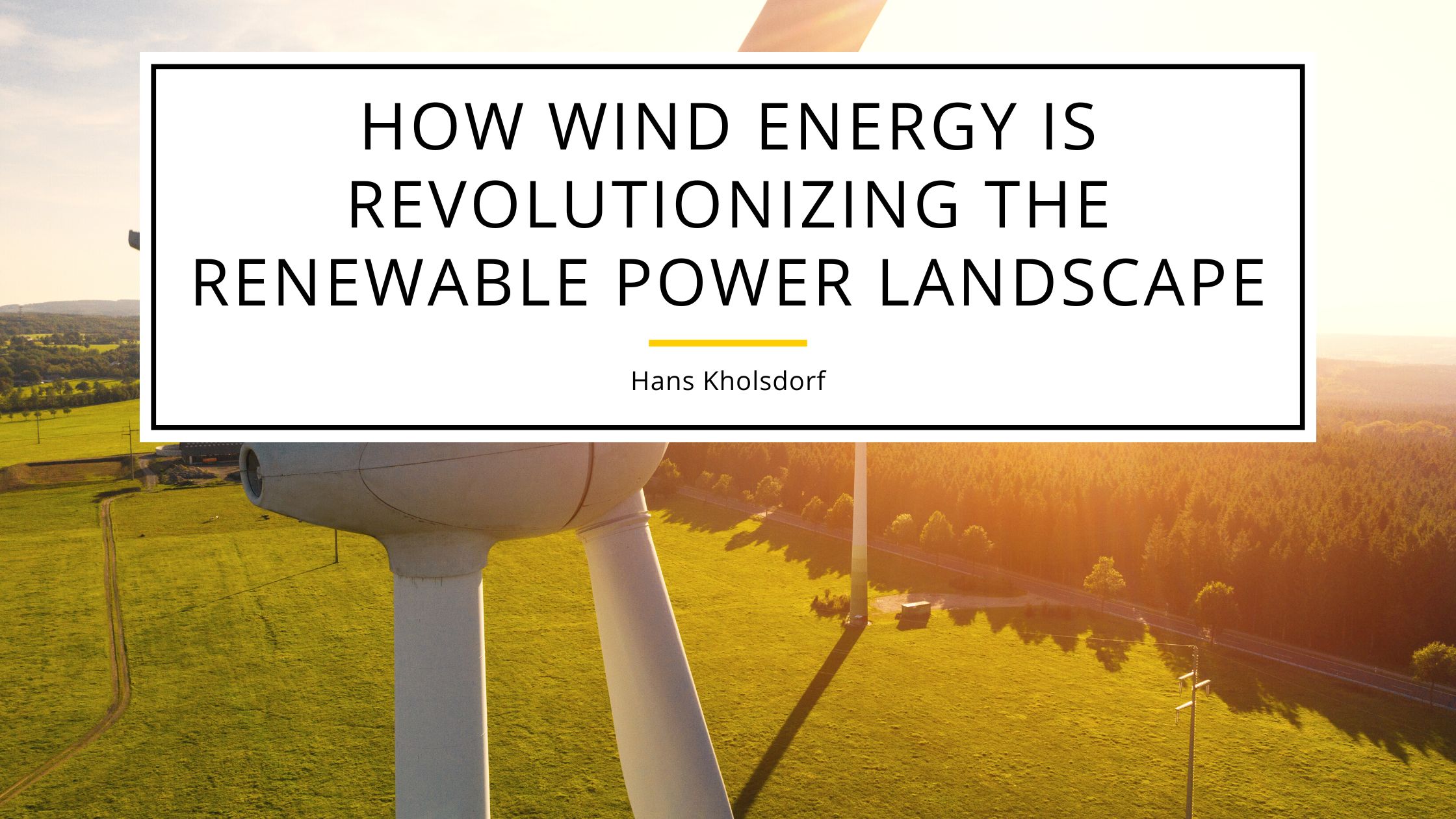
Wind energy has emerged as a leading force in the global transition to sustainable and renewable power sources. With its rapid technological advancements, increasing efficiency, and expanding global capacity, wind energy is revolutionizing the way we generate electricity while significantly contributing to reducing carbon emissions.
Wind Turbine Technology
One of the most remarkable aspects of wind energy’s revolution is advanced wind turbine technology development. Modern wind turbines have evolved from simple structures to sophisticated engineering marvels that can harness energy from wind more efficiently and reliably than ever before. Turbine blades are now designed with aerodynamics, optimizing their ability to capture wind energy at various speeds and angles.
Offshore Wind Farms
Offshore wind farms represent a significant stride in wind energy’s evolution. These farms can generate substantial amounts of electricity by placing turbines in offshore locations, where wind speeds tend to be higher and more consistent. Floating wind turbine technology has also emerged as a breakthrough, allowing turbines to be placed in deeper waters where fixed foundations are not feasible.
Innovative Designs
Furthermore, innovation in wind turbine design extends to vertical-axis wind turbines (VAWTs), which differ from the traditional horizontal-axis turbines. VAWTs can capture wind energy from any direction without requiring adjustments in their orientation. This flexibility makes them ideal for urban environments and areas with turbulent wind patterns, where traditional turbines might be less effective. VAWTs showcase the adaptability of wind energy technology, catering to diverse geographical and logistical constraints.
Digital Technologies
Integrating digital technologies, often called the “smart wind farm,” has added another layer of sophistication to wind energy systems. Advanced sensors, predictive analytics, and machine learning algorithms optimize turbine performance and maintenance schedules.
Economic Considerations
Economic considerations have played a pivotal role in wind energy’s revolution. The levelized cost of electricity (LCOE) for wind power has substantially declined, making it increasingly competitive with conventional fossil fuels. Government incentives, tax credits, and investments in research and development have contributed to this cost reduction, spurring innovation and fostering growth in the wind energy sector.
Wind energy’s rapid evolution and increasing deployment reshape the renewable power landscape. Technological advancements, innovative designs, and digital integration have made wind turbines more efficient, reliable, and cost-effective. As governments, industries, and communities prioritize sustainability and carbon reduction, wind energy’s revolution is poised to play an ever-expanding role in our journey toward a cleaner and more sustainable energy future.